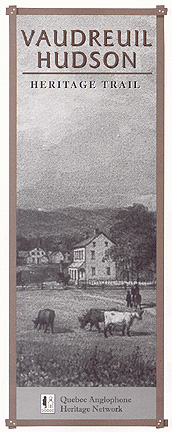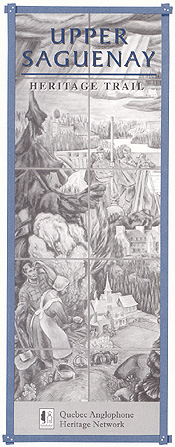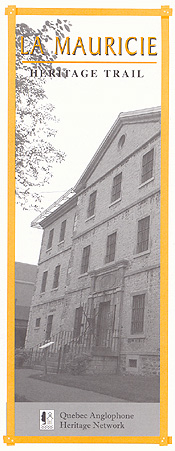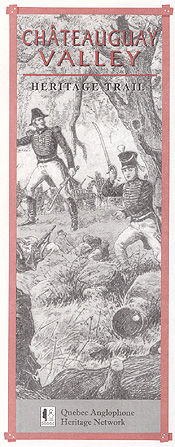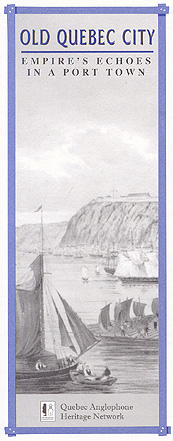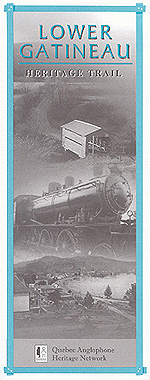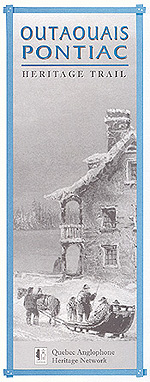Abitibi-Témiscamingue Heritage Trail
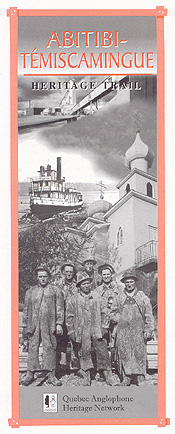
This Trail leads to two distinct regions -- Abitibi and Témiscamingue. Together they form Quebec's northwest frontier, and both are still frontier regions today. Ancient home of prehistoric peoples now represented by the Algonquin and James Bay Cree, this vast territory was among the first inland areas of North America to be explored by Europeans and one of the last to be permanently occupied.
